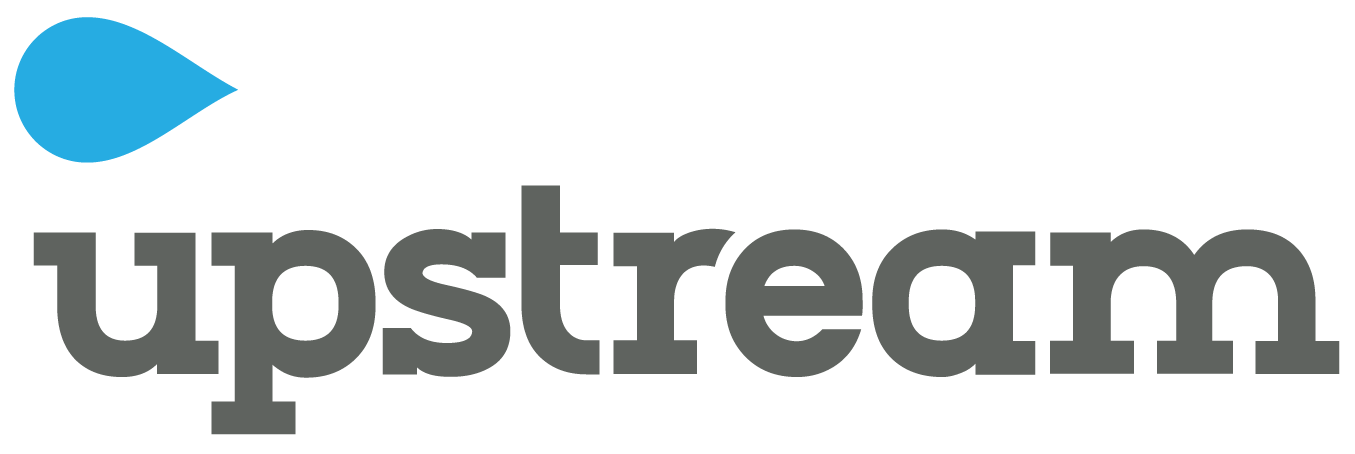
Helping households make better family planning, birthing and care decisions while respecting their cultural traditions.
Framing the barriers to healthy decision making
Prior research identified 12 behaviors as the primary cause of early infant and maternal mortality. They included behaviors rich in cultural tradition such as birthing at home, feeding the newborn honey and water for the first week, and covering the umbilical cord in oil. Culturally, the mother defers pre and postnatal decisions to either her mother-in-law or husband, presenting significant research challenges. To overcome this, we deployed a qualitative approach that engaged the father, mother and her mother-in-law concurrently. The approach consisted of a journey mapping exercise that spanned all 12 behaviors, and was based on decision making dynamics between these 3 family members. We then segmented families based on their unique decision making dynamics. The insight gained was leveraged to develop a framework describing the barriers to healthier decisions (e.g. birthing in a hospital, breastfeeding, body to body contact), and how different segments navigate those decisions. Some of the barriers included; a poor hospital environment for family members to wait in, derogatory communication from care providers, a belief that initial mothers' milk is rotten because of its color, and ineffective persuasion tactics by Accredited Social Health Activists (ASHAs).
Identifying solutions to drive healthy decisions
Using the framework, we helped the Uttar Pradesh Technical Support Unit (TSU) identify feasible opportunities to improve family decision making and the effectiveness of the ASHA program. Some of the solutions that emerged included changes in mass media communication, leveraging existing women’s groups to disseminate correct health information and balance the dynamics between mother and mother-in-law, and improving the ASHA program. To further inform ASHA program changes, we engaged ASHAs and their key influencers, such as mentors and administrators, in contextual inquiry leveraging de-biasing techniques to reveal true behaviors and motivations. This led to changes in ASHA hiring policies, incentives, training and data tracking. The TSU continues to iterate these solutions in-market to reduce mortality rates over time.
Driving changes across the ASHA program
The TSU was created to reduce early infant and maternal mortality rates by piloting systemic changes in a portion of Uttar Pradesh and tracking their impact. Their ultimate objective is to help the state government scale successes statewide. The TSU continues to iterate these solutions in-market to reduce mortality rates over time.
“Upstream was able to provide a more nuanced view of family decision making dynamics and how it changes by decision type. This insight enables a more targeted approach to solution development. …And their ASHA research approach cut through response bias to reveal the true nature of their behavior. This insight helped direct programmatic changes that reduce mortality.”
- Director, Surgo Foundation



